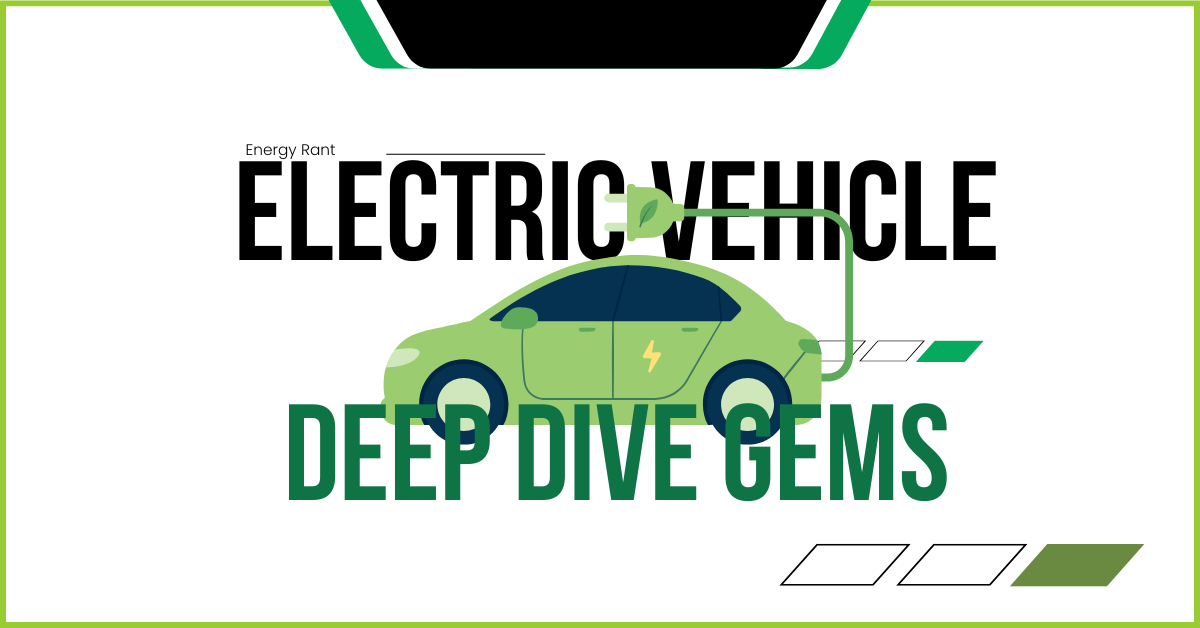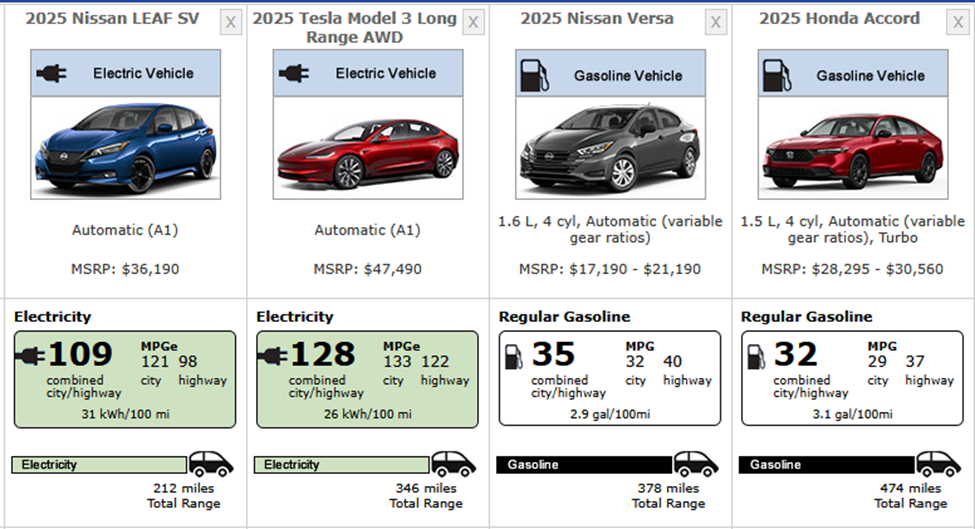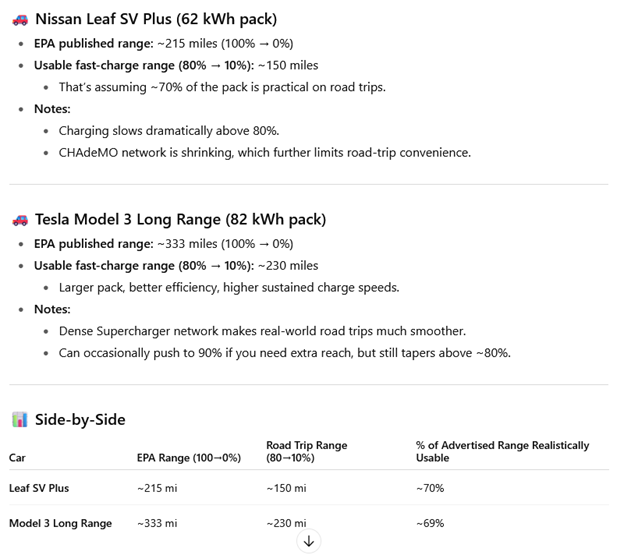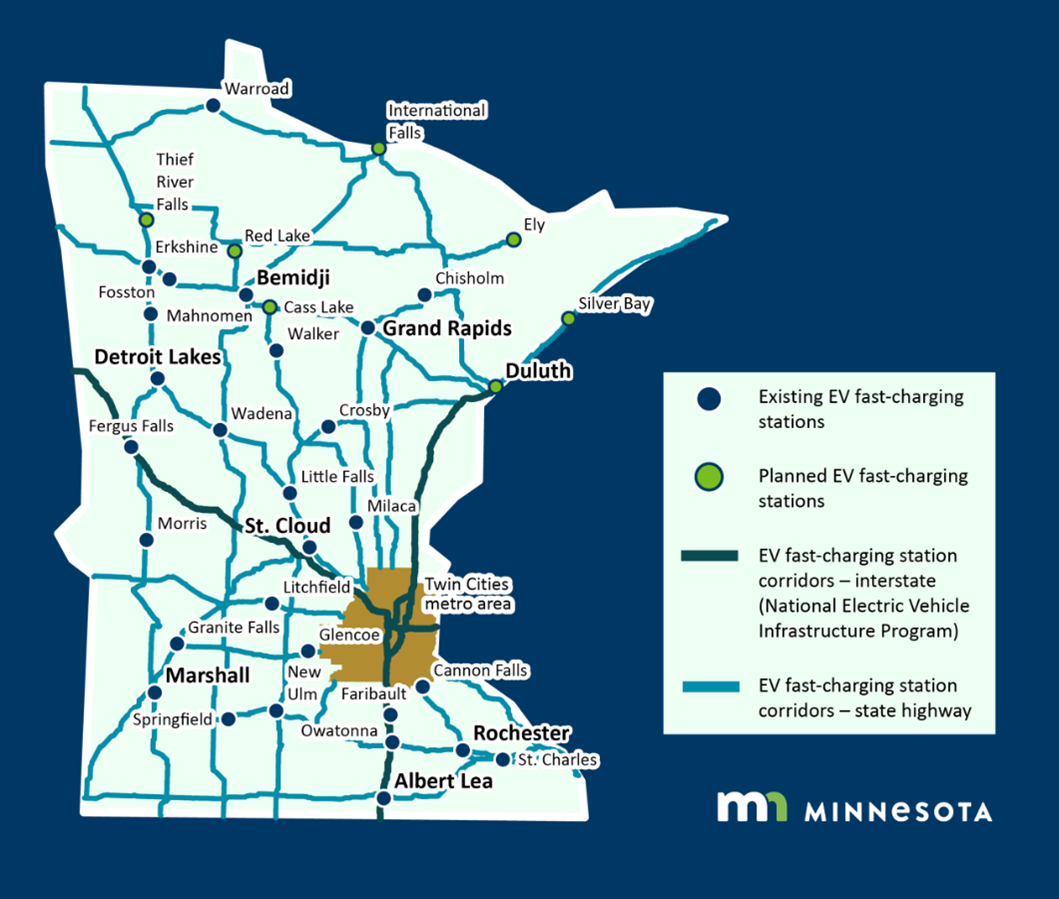
I learned some interesting new things as I prepared and updated content for my presentation to the Wisconsin Public Utilities Institute’s Energy Utility Basics in a couple of weeks. Online registration is still open, so get in while you can.
First, EVs are substantially more efficient during city driving than highway driving. This is due to the regenerative braking, but even so, the magnitude surprised me. Figure 1 provides comparisons from EPA’s FuelEconomy.gov. Get it quick before Chris Wright and Donald Trump shut it down.
By the way, I laughed at a headline this week from Bloomberg, Trump Cancels Trail, Bike-Lane Grants Deemed ‘Hostile’ to Cars. That was Bloomberg – not The Onion or Babylon Bee.
Figure 1 Automobile Fuel Efficiency Sample

For years, I’ve featured these first three vehicles in Figure 1 as efficient options for car shoppers. I added the fourth, a mainstream Honda Accord, for more context in this Rant post.
MPGe Weed Killer
Since no one knows what a kWh is, the EPA developed the misleading MPGe, which is derived as shown in Equation 1. It’s misleading and bogus because who buys a gallon of kWh? That second term is simply a ratio of Btu in a gallon of gas divided by Btu in a kWh. They’re two different things, like a gallon of weed killer versus a gallon of milk.
Equation 1 Miles per Gallon Electric

The main reason MPGe is misleading is that the inefficiencies of power generation have already been spent and wasted upstream of the vehicle. The average efficiency of thermal sources, coal, natural gas, nuclear, biogas, and geothermal, is approximately 41%. The efficiency of all electricity generation, using 100% efficiency for renewables, is 47%[1].
A Tesla 3 long-range model has a full battery capacity (which is also misleading, and I’ll come back to that) of 82 kWh and a range of 333 miles[2], 24.6 kWh/100 miles. The EPA rating shown in Figure 1 is 26 kWh/100 miles, a bit worse, because the published range is bogus. However, slipping that 26 kWh/100 miles into Equation 1, we have:
![]()
That is in the range of the published stuff in Figure 1, which is good enough.
Doing fourth-grade story problems and algebra, the Tesla has an assumed highway driving percentage of 45% while the Versa and Accord have highway percentages of 37.5 %. How is this apples-to-apples? Fingers, palms, and elbows on the scale?
Mileage Physics
Aside from the regen braking for EVs in city driving, EV efficiency (mileage) behaves more directly with theoretical friction losses, which include tire rolling resistance and aerodynamic drag. Rolling resistance is linear with speed, while drag increases rapidly with the cube of speed. I explained this in detail in my Christmas Tire shopping assessment last year. EV motor efficiency is relatively constant, around 90% at any speed, and there is very little “huge engine” penalty, which is why EVs can be super-fast and efficient overall.
On the other hand, ICE cars do not have constant powertrain efficiency with speed. Engines may be most efficient around 50-60 mph, engine RPM, and load (horsepower). Combine that with the lost energy of hitting the brakes in city traffic (100% loss), and you have significantly higher efficiency cruising down the highway compared to city driving.
Constant cruising speeds at 75-80 mph on interstate highways favor ICE automobiles. This is why I see few EVs cruising the interstate, and when I do see them, they are low-speed hazards, like an Amish buggy, saving fuel.
Driving Range
Another misleading factor of EV performance is driving range. The Tesla 3 has a rated driving range of 310 miles at 75 mph highway, but that’s for 100% of the 82 kWh battery. They advertise that the battery can be charged in “only” 30 minutes, but that’s from 0% (dead on the road) to 80%[3]. A full charge takes twice as long. To preserve battery life, the fast charge should be kept between 20% and 80%, a mere 60% of the rated capacity.
Figure 2 Sam’s (Chat GPT) Battery Assessment

The limitations are due to battery chemistry. Cell voltage is higher at high states of charge (above ~80–90%), accelerating chemical side reactions, electrolyte decomposition, and wear. Full depth of discharge (0 %) stress can drive the electrodes to extreme potential, risking damage and capacity loss.
So, the advertised range of 310 miles is reduced to 190 miles (head math) to preserve its $20,000 battery life while charging “fast” in 30 minutes.
A Case Study
I thought, hmm. If I had driven an EV to South Dakota State University to watch the Jackrabbits, it would have taken five and a half hours versus five hours with my gasser. The difference is the “fast” charge time (30 minutes), that is, if there is a fast charger between here and there.
I asked Sam, “Is there a fast charger located between La Crosse, WI, and Brookings, SD?” It answered, “Yes — there are DC fast chargers along the route between La Crosse, WI and Brookings, SD.” Where? In Mitchel, SD. For those unfamiliar with South Dakota geography, that’s like traveling to Tampa from New York through Miami. It’s an hour west of Sioux Falls, out of the way.
Sam is like an emotion-free intern. It will give an answer with a straight face and 100% certainty. I thought I’d better take another look myself. I found with old-fashioned Google that the Minnesota Pollution Control Agency provides the map in Figure 3.
Figure 3 Minnesota Fast Charger Locations

If I rolled the dice, I could make it from Albert Lea to Brookings, 225 miles, with one “fast” charge on the way in five and a half hours – not counting Amish speeds to save fuel.
Motion Sickness, Really?
Regenerative braking is an excellent feature for energy efficiency. However, as I described to a colleague, EVs are accelerating or decelerating in city traffic. If your foot’s not on the accelerator, it’s decelerating like braking. I learned this by driving a Tesla a few years ago and again a couple of weeks ago, taking a Lyft from the hotel to the airport. The ride is super rigid, which I like, except for the constant acceleration/deceleration. Maybe it was a bad driver. I had a headache by the end of the ride, but that may have been due to getting up at 4:00 AM, which I am allergic to.
Last year, ABC News reported that EV drivers and passengers are subject to motion sickness due to the wee, waw, wee, waw, wee, waw, acceleration and deceleration cycles.
I’ve had motion sickness one time in my life, in a tube sailing under nuclear power off the continental shelf off the coast of South Carolina. Submarines are not designed to cruise on the surface, so they rock like barrels side to side. After dinner, Jeff didn’t feel so good in those conditions. Motion sickness occurs when your senses don’t align – vision and balance.
Indeed, The Guardian reports, “the brain lacks accuracy in estimating the motion forces [balance] because it relies on previous experience in other types of cars.” They say regenerative braking “results in low-frequency deceleration,” which “tends to be associated with higher levels of motion sickness.”
“Specifically, it happens when the inner ear, which helps control balance, the eyes, and the body send conflicting information to the brain.” There you are! Nausea.
And there it is! A deep dive into EV stuff you may have never seen before!
[2] Estimates vary a little depending on source and model.
[3] EVKX.net: shows 0 → 100% in ~1h 12m 20s, and 10 → 80% in ~34m 30s. https://evkx.net/models/tesla/model_3/model_3_long_range/chargingcurve/
